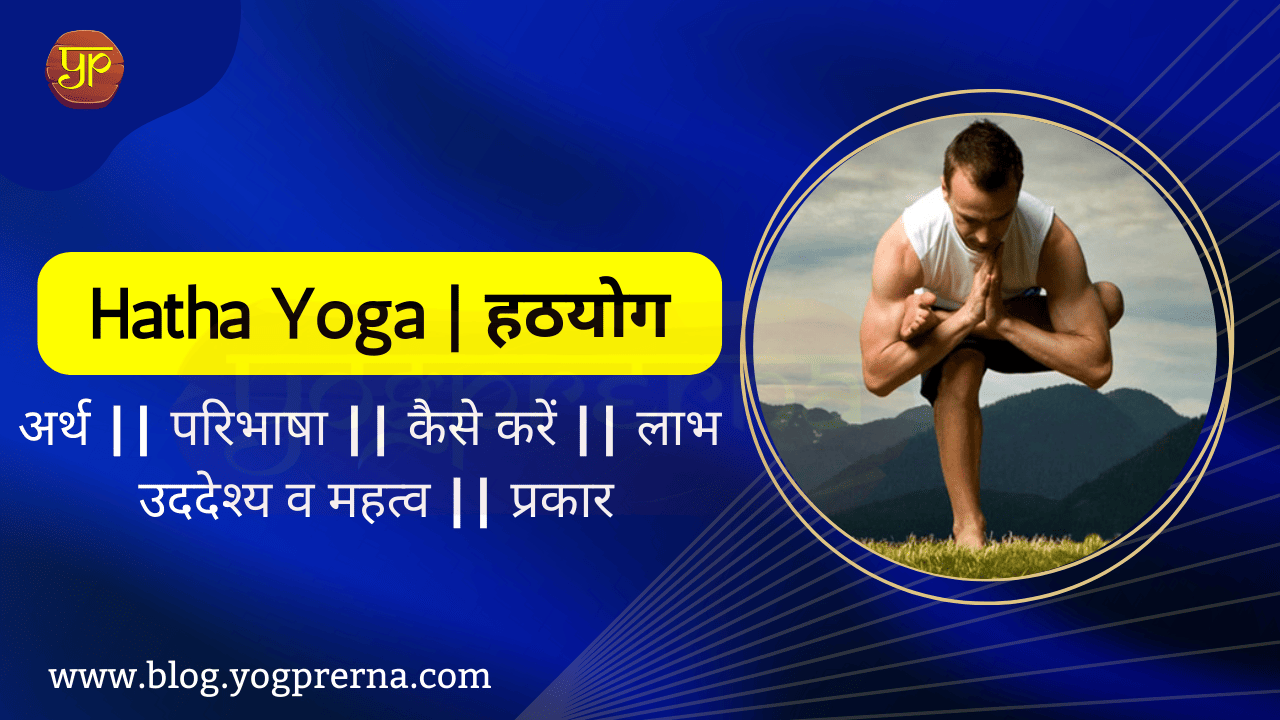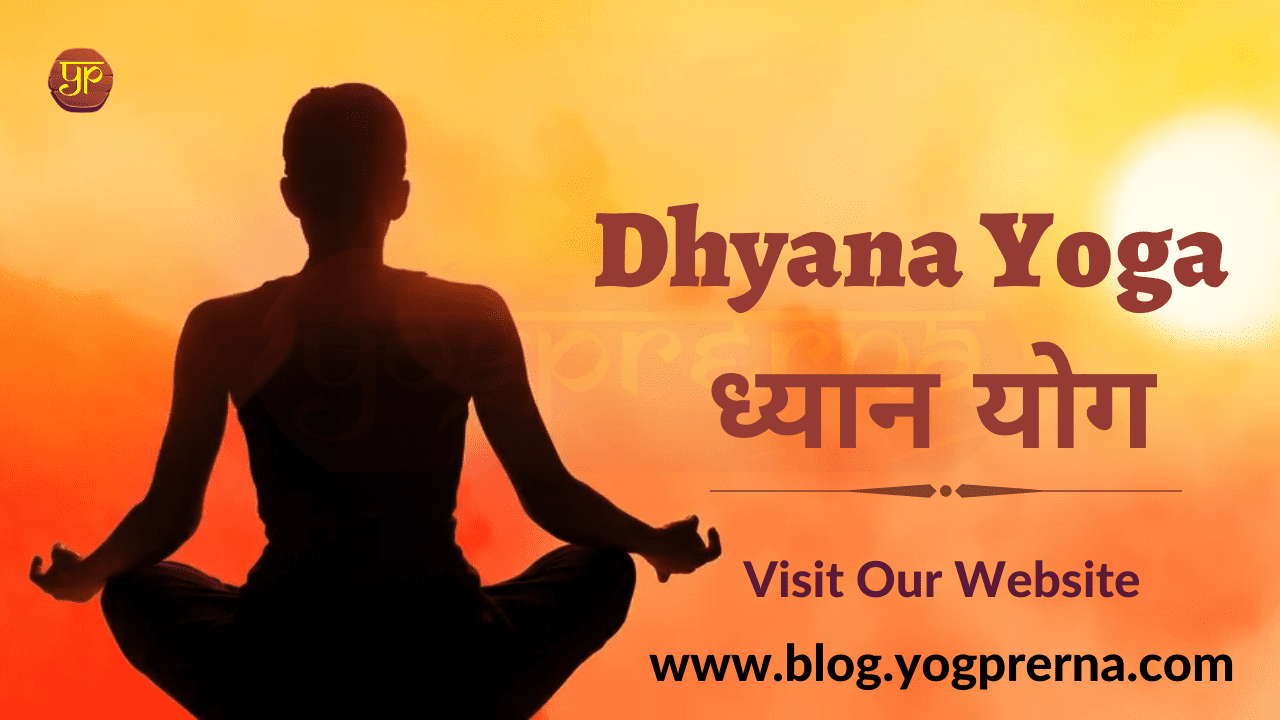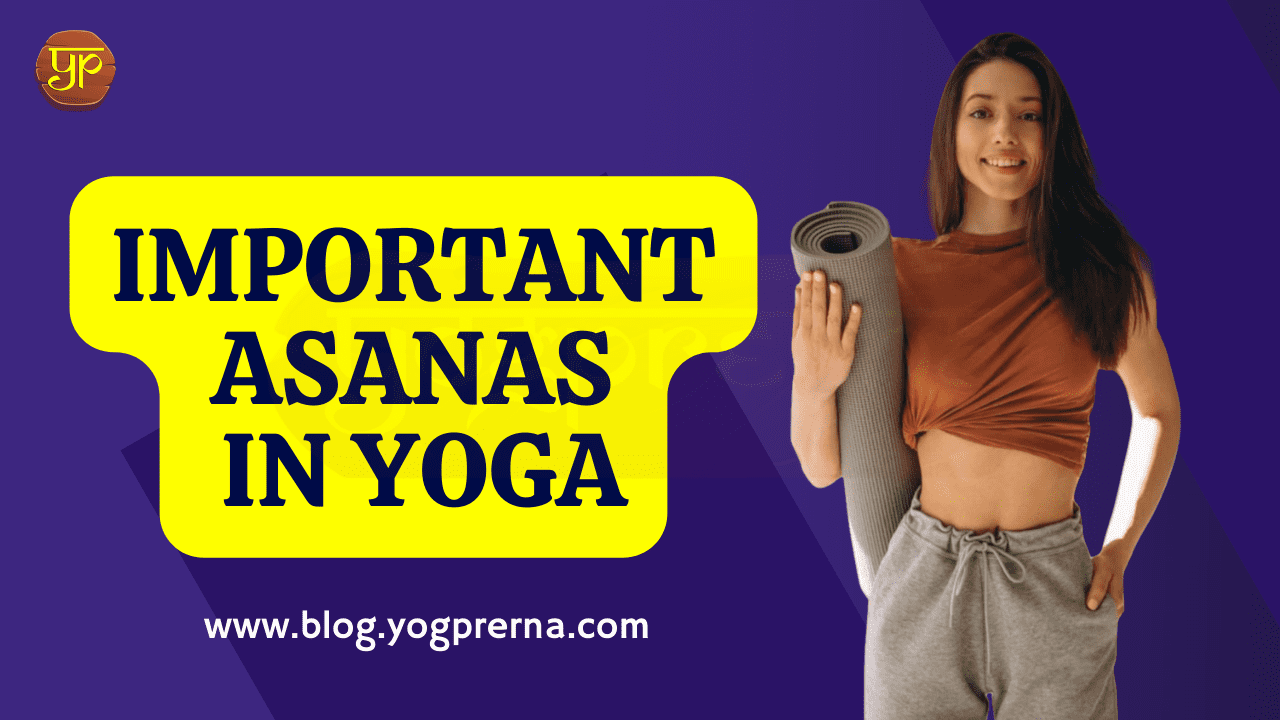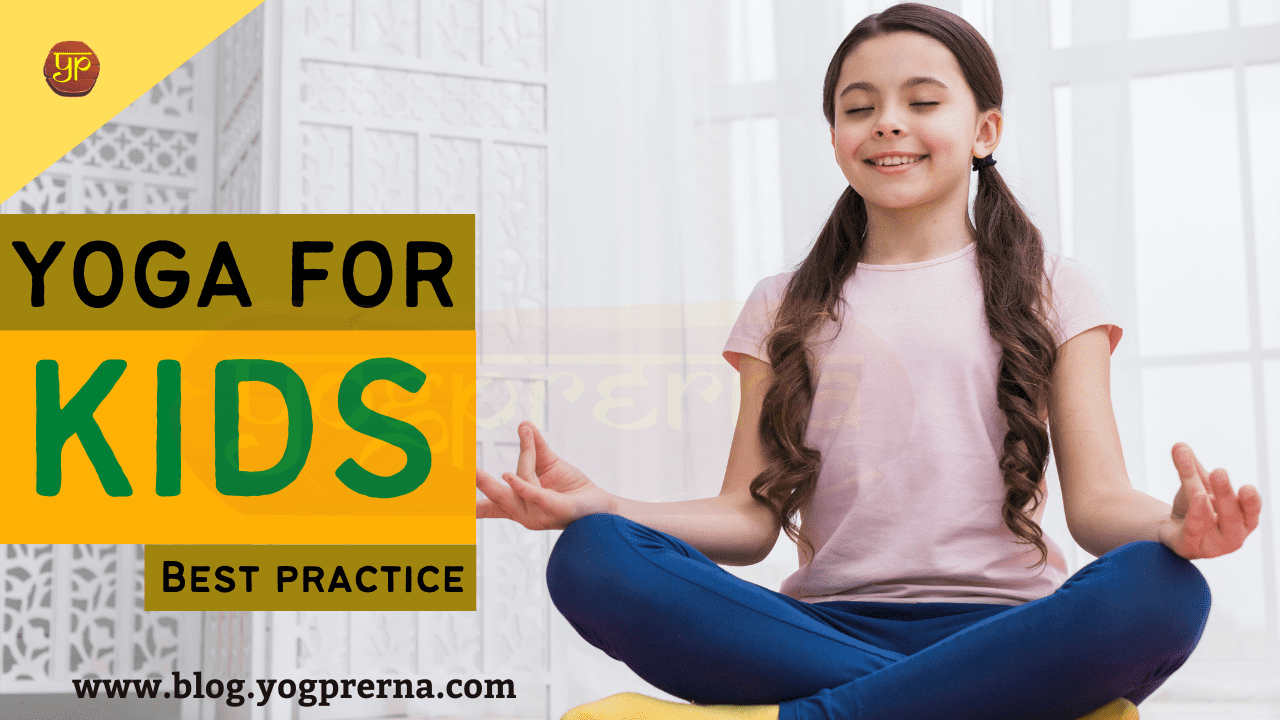What are Hatha Yoga and its Benefits?
There is some evidence on Hatha Yoga and its benefits, but most of those studies describe it as yoga that incorporates postures and breathing methods rather than yoga that is slower-paced and concentrates on form. With that limitation in mind, those studies imply that hatha yoga, as a whole, may have a number of advantages, like: Reduction in anxiety, Better postural balance, and massive improvements in physical fitness (cardio, muscle strength and flexibility).
In addition to these studies, there is a wealth of research on the advantages of yoga in general, including evidence that it can help with pain management, reduce menopausal symptoms, lower BMI and blood pressure, manage chronic illnesses, enhance mental health, and more.
It also enhances your endurance. Yoga makes you incredibly flexible and competent. You get the ability to be powerful in not just one way, but in any direction you can envision without being exhausted. Below are the details of Hatha Yoga and its benefits are:
- Improves core strength
Muscle strength is vital for performing daily tasks, especially for sportsmen and people who work in physically demanding jobs. Muscle injury and soreness can result from a loss of strength. The Boat, Plank, and Downward Facing Dog are some powerful Hatha yoga positions that strengthen the core by focusing on the abdominal muscles while also strengthening the spine and enhancing your power to manipulate and rotate as needed.
- Increases bone density
Fractures are more likely when bone density is low. Regular Hatha yoga poses can help cure bone loss by improving bone density, while include the correct nutrients in the diet can assist strengthen the bones.
- Stimulate and increases Immunity
Stress, poor diet, frequent illnesses, and the side effects of some medications may all decrease our immune system. Hatha yoga strengthens the respiratory system, which protects the body from sickness and infection. Because stress has a negative impact on the immune system, practising Hatha yoga asanas on a daily basis lowers the provocative level, avoiding immune system problems.
- Reduces Dermatological and Skin Issues
Stress causes accelerated ageing of the skin, as well as a loss of suppleness and a fatigued appearance. Hatha yoga increases blood circulation, which improves skin tone. It removes toxins from the body, thus acne, pimple outbreaks, and sagging skin are avoided.
- Enhance Sleep quality
Sleep problems are frequent, whether they are caused by emotional stress or physical medical conditions. One of the most prominent Hatha yoga advantages is the subsequent relaxation and peace of mind, which helps individuals sleep well. Furthermore, Hatha yoga postures enhance the synthesis of melatonin, an essential hormone that improves your sleep cycle.
Hatha Yoga Definition
For thousands of years, the definition of Hatha yoga has remained unchanged. Our understanding and impression of it, on the other hand, has changed dramatically. Language is a powerful tool, and the same word may mean various things in different cultures. The same word – Hatha – has evolved to imply diverse things throughout the course of yoga practice.
Hatha Yoga is a type of yoga that is used to prepare for other types of yoga. “Ha” denotes sun, while “ta” indicates moon. “Hatha” refers to the yoga practice of balancing your sun and moon energies, or your Pingala and Ida. Hatha Yoga and its benefits can be explored in ways that lead you beyond certain boundaries, but at its core, it is a fundamental education — preparing the body for a higher potential.
There are more aspects to this, simply stating, you can nearly guess what is going on with someone just by looking at how they sit. If you have watched yourself, you will sit one way if you are furious, another way if you are joyful, and still another way if you are depressed.
Your body naturally tends to take certain postures for each different level of consciousness or mental and emotional situation you experience. Asanas science is the polar opposite of this. You can also raise your consciousness by consciously moving your body into different postures.
What is the origin of Hatha Yoga?
On the border between India and Nepal, the spiritual tradition arose. Reincarnation and karma, which have become part of Hindu culture, were important to their beliefs. These were the first Hatha yogis, and their practice was Tapas, which means ‘fire, radiance, abstinence, or discipline,’ and refers to a sense of ‘clearing off’ previous karma and cleansing the mind and body.
These Hatha yogis would undertake remarkable feats such as keeping their arms in the air for hours at a stretch in order to perfect their bodies and senses. They would never sit down after submerging themselves in frigid water. They would do things like standing on a leg or hang upside down in order to perfect their control on senses.
We could imagine these are remnants of a long-forgotten tradition. These behaviors, however, continue to be practiced today, and there is no indication that they will go away very soon.
The evolution of “Hatha Yoga”
The longest-running debates among yoga researchers and academics is when yoga truly originated. The Pashupati seal, which depicts a human sitting in what looks to be padmasana, was unearthed 5000 years ago (lotus posture). Many people believe it symbolizes Lord Shiva and represents the roots of asana and yoga practice.
There’s no doubting Hatha yoga’s quick evolution, flexibility, and adaptation throughout time. We now find ourselves in a far more pleasant and safe form of Hatha yoga and its benefits in the modern world, after being buried alive, practicing intricate breathing patterns, and repeating mantras for religious, cultural, and ritual causes.
Most of those postures we see now were not invented until the popularity of yoga exploded in the last 50 years. To begin with, asanas were mudras – hand gestures that were meant to lock and conduct energy within the body. Savasana was created as a method to practice deep and metaphysical imagination as well as stimulate subtle energy shifts, going well beyond merely five minutes of rest at the conclusion of a hot yoga class.
The Hatha Yoga Pradipika, a well-known Hatha yoga literature, may be regarded of as an anthology of numerous Hatha texts together. It consists of fifteen fundamental postures, seven of which are sitting and eight of which are not, as well as an assortment of other postures comprising 84 asanas.
We now have a plethora of postures, ranging from the most gentle and restorative to the most challenging and pretzel- like. From just one known asana in the 13th century to 84 sacred postures in the 18th and 19th centuries, we now have a multitude of postures, ranging from the most delicate and remedial to the most demanding and so on.
Conclusion
Although, the roots and methods of many components of Hatha yoga and its benefits are still unknown, one thing is certain: Hatha yoga practices — the asana, pranayama, mudra, and mantra methods that many of us devote our time for – bring about transformation. They’ve always meant to do something like this.
They have the ability to alter how we feel not just physically, but also psychologically and spiritually. They can boost pleasure and well-being, relieve melancholy and grief, and promote relaxation and vitality.
Not everyone will be able to become monks and give up our social obligations in order to devote their lives to yoga. Though, yoga can be utilized to become more engaged, vibrant, and involved with the world around us.
Frequently Asked Questions (FAQ):
-
What is Hatha Yoga good for?
Depending on the technique performed, frequent Hatha Yoga sessions can also provide light to moderate cardiovascular conditioning in addition to improving strength, flexibility, and balance. Incorporating breath control (pranayama) and meditation as a part of or in addition to a Hatha Yoga practise may have additional advantages.
-
What is Hatha Yoga vs Vinyasa Yoga?
Hatha yoga is performed slowly, with an emphasis on the breath, deliberate movements, and stretching. Vinyasa yoga focuses on synchronising your breath with your faster-paced movements. You can anticipate to maintain a consistent flow of movements during a vinyasa practice.
-
Can I lose weight with Hatha Yoga?
The study found that practicing Hatha yoga for 30 minutes reduced calorie intake by 120 for individuals weighing 125 pounds, 144 for those weighing 155 pounds, and 168 for those weighing 185 pounds.
-
Which Yoga is the best for beginners?
Hatha Yoga is a best type of yoga for beginners that is used to prepare for other types of yoga. “Ha” denotes sun, while “ta” indicates moon. “Hatha” refers to the yoga practice of balancing your sun and moon energies, or your Pingala and Ida.
-
What is Hatha Yoga and its Benefits?
Here are some Hatha Yoga and its benefits are: Reduction in anxiety, Better postural balance, and massive improvements in physical fitness (cardio, muscle strength and flexibility).





